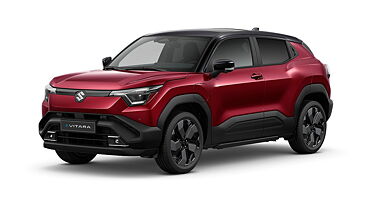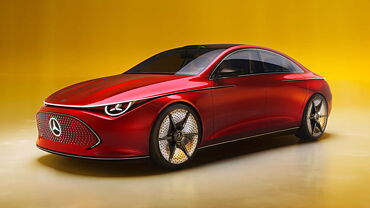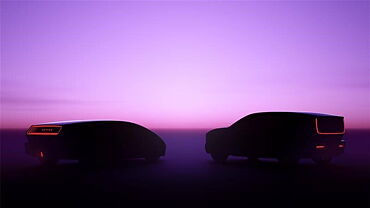
BMW will be using thin, black filaments for the frame of the i3 electric car which will be on sale in Germany and later make its way towards other markets. This is an example of their efforts to mass produce a car made largely of carbon fibre. Its success will make for the biggest shift in automobile production since the 1980s when the first all-aluminum car frames were made.
It has been six years since the company has been thinking of this strategy. The newly appointed chief executive officer, Norbert Reithofer, examined the trends affecting the industry and noticed that environment and tougher emission regulations could make problems for them in terms of production of their cars.
“Looking forward to 2020, we saw threats to our business model,” said Chief Financial Officer Friedrich Eichiner, who was head of strategic planning at the time. “We had to find a way to bring models like the 6-Series, 7-Series and X5 into the future.”
These thin, black filaments have been used for Formula 1 racers, elite sports cars like the Bugatti Veyron, Boeing's 787 jet and high-end bicycles, the material is untested in large-volume production because of the expense, time and complexity involved. So, BMW aimed to do what no one else had done: mass produce carbon fibre.
For BMW to continue to sell cars that live up to the company's "ultimate driving machine" claim, the manufacturer needed to offset those emissions with a viable electric vehicle for growing cities, where more and more potential customers would live. That was the start of the i3. It also meant that the car needed to be lighter to reduce the size and cost of the power pack and improve handling. The lightest and strongest material available is carbon fibre. However, the downside of this new frame is the expense that is to be incurred.
While most carmakers are experimenting with carbon fibre, none are rushing to follow BMW. Daimler's Mercedes-Benz doesn't see carbon fibre as critical. Instead, it's engineering autos that can be powered by conventional engines as well as electric motors and plans by 2017 to roll out fuel- cell-powered cars, which have a longer range than battery-only vehicles.
Source: Bloomberg


































